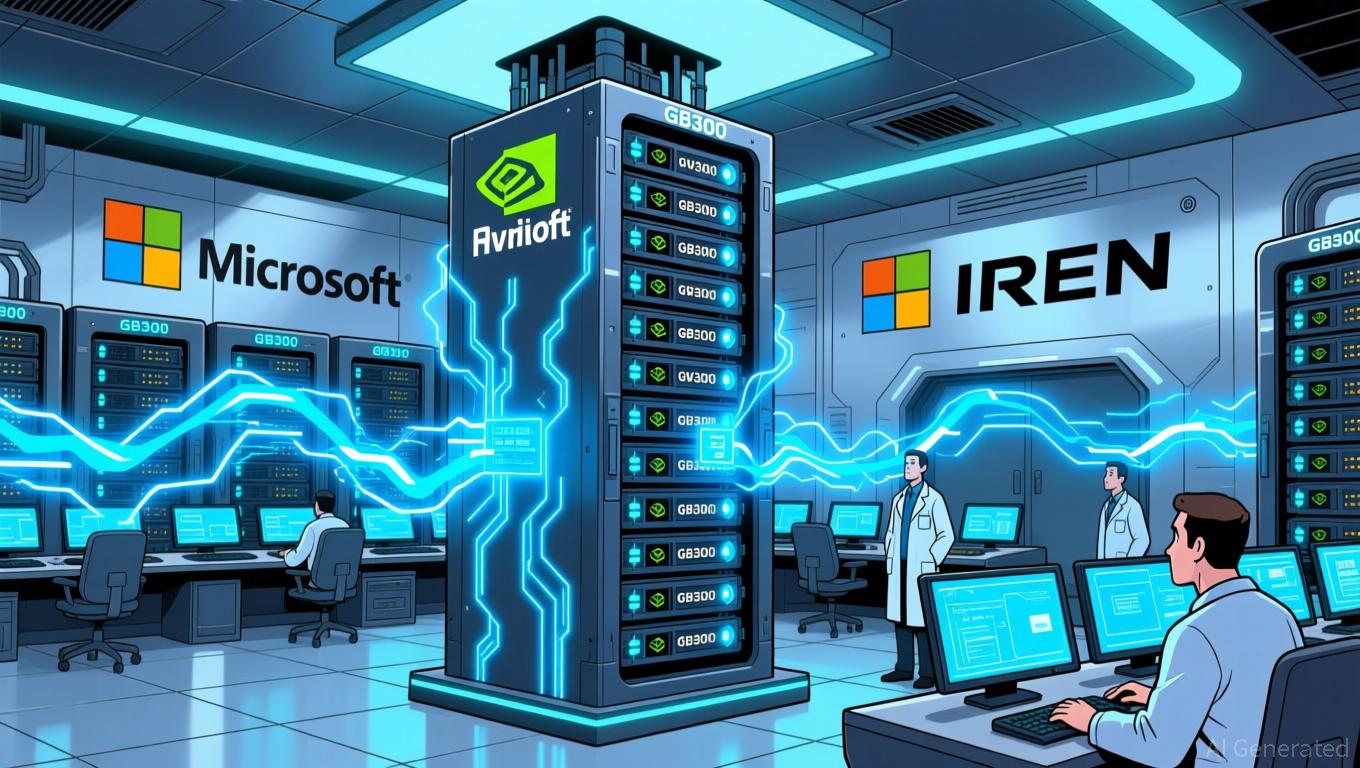Vitalik Buterin's Latest Advocacy for ZK Technology in Ethereum: Evaluating the Impact of ZK on Ethereum's Future Scalability and Investment Potential
- Vitalik Buterin prioritizes ZK proofs to enhance Ethereum's scalability, privacy, and quantum resistance amid institutional demand and post-AGI risks. - Ethereum's "Lean Ethereum" upgrades remove modexp precompiles and adopt GKR protocol, boosting TPS and quantum security while temporarily affecting gas fees. - ZK layer 2 solutions like Lighter (24k TPS) and ZKsync (15k TPS) drive institutional adoption, with 83% of enterprise smart contracts now using ZK-rollups. - ZK-driven infrastructure (ZKsync, Star
ZK’s Technical Role in Ethereum
Buterin’s support for ZK technology is embodied in Ethereum’s “Lean Ethereum” initiative, which emphasizes both efficiency and resistance to quantum threats. A major update is the elimination of the modexp precompile—a component that, according to a
Additionally, Ethereum is adopting the GKR (Goldreich-Krawczyk-Rabin) protocol, which, as detailed in the Bitget report, allows for 2 million Poseidon2 hash computations per second on standard consumer hardware. This leap not only speeds up transaction validation but also strengthens Ethereum’s defenses against quantum computing attacks—a growing issue in the era after AGI, according to the same source. Buterin has highlighted that such breakthroughs are vital for Ethereum’s continued relevance as cybersecurity and biosecurity concerns increasingly overlap, per the Bitget report.

ZK Layer 2: Performance and Enterprise Uptake
The effects of these technical changes are already evident in Ethereum’s layer 2 landscape. Lighter, a layer 2 protocol powered by ZK, reached 24,192 transactions per second (TPS) by late 2025, surpassing rivals like
Adoption by major institutions is accelerating. Deutsche Bank, Sony, and Citibank have all implemented Ethereum-based ZK-rollups to satisfy regulatory standards while maintaining high transaction throughput, as cited in the Bitget report. Mastercard has also teamed up with ZK-focused platforms to test cross-border payment solutions, per the Bitget report. By the end of 2025, ZK-rollups such as
Investment Outlook: ZK as a Key Asset Class
For those investing, Ethereum’s ZK transformation offers twofold potential: infrastructure investments and token utility. Projects such as ZKsync, StarkNet, and Brevis—each showing technical progress and ecosystem integration—stand out as strong contenders for long-term appreciation. Brevis, for example, uses ZK proofs to provide privacy-focused data feeds, a capability increasingly valued by DeFi platforms, as outlined in the Bitget report.
The wider Ethereum ecosystem is also reaping rewards. Analysts forecast that Ethereum ETFs, including BlackRock’s ETHA, will outperform
Nevertheless, challenges remain. Removing modexp precompiles could temporarily raise gas costs for some specialized applications, and quantum resistance is still more theoretical than proven, according to the Bitget report. Investors must also contend with regulatory ambiguity, as ZK’s privacy attributes may conflict with shifting compliance standards, as highlighted in the Bitget report.
Conclusion: The Path Forward with ZK
Vitalik Buterin’s embrace of ZK technology represents more than a technical adjustment—it’s a redefinition of Ethereum’s place in a decentralized, post-quantum era. By focusing on scalability, privacy, and institutional compatibility, Ethereum is establishing itself as the foundation of Web3. For investors, the opportunity lies in backing projects that share this vision while managing short-term risks. As ZK-based advancements continue to expand Ethereum’s potential, early investment in layer 2 infrastructure and utility tokens could deliver significant returns, especially for those with a medium- to long-term outlook.
Disclaimer: The content of this article solely reflects the author's opinion and does not represent the platform in any capacity. This article is not intended to serve as a reference for making investment decisions.
You may also like
Bitcoin Updates: U.S. 10-Year Treasury Yield Ignores Downward Trends, Poised for Potential 6% Surge
- U.S. 10-year Treasury yields near 4% show bullish technical patterns mirroring Bitcoin's 2024 rally setup. - Divergence between bearish momentum indicators and price action suggests potential breakout to 6.25%. - Stacked SMAs and Ichimoku cloud confirm long-term uptrend, last seen in the 1950s. - Parallel to Bitcoin's $100k surge highlights market strength building beneath surface indicators. - Yield rise could pressure equities/cryptos but recent political stability may push Bitcoin toward $112k.


ZEC rises 50.53% over the past month as large investors and favorable market trends support upward movement
- ZEC surged 50.53% in 1 month as a whale on Hyperliquid built a $2.21M long position with 5x leverage, selling 5,000–15,000 ZEC during a recent correction. - ZEC traded near $610 with a 1.006 long/short ratio, showing bullish momentum via MACD (101.55) and MFI (71.17) despite weakening price momentum. - A new 10x leveraged ZEC long on Hyperliquid and Arthur Hayes’ bullish BTC/ZEC outlook highlight growing institutional interest in privacy-focused crypto. - A proposed MFI-based ZEC trading strategy (buy at
HYPE Bounces 14% from $40 Support, Signaling Fresh Uptrend Ahead
